Welcome to this weeks episode. Last week we visited Oirase, in the Aomori Prefecture, where I spent a few days shooting a few weeks ago, which for the sake of listeners that catch up on the archives when this episode is old, was from the 10th to the 12th of July, 2006. On the afternoon of the 12th, I headed over to Hachinohe, the port at which I was going to board the ferry for the seven hour journey to my favourite part of Japan, Hokkaido. Hokkaido is the island that you can see at the very top of a map of Japan. If you use something like Google Earth to see a map of Japan, just search for Japan, then zoom out so that you can actually see it, and Hokkaido is at the very top, and most maps, including Google Earth will show you the capital city of Hokkaido which is Sapporo. Well the ferry that I took arrives at a port called Tomakomai which is just East of Sapporo along the coast. This is a few hours drives south from the scenic towns of Furano and Biei, where I spent the first few and the very last day of my trip this time. We pick up the trail today with some images from these first few days.
Because I planned this trip just a few weeks before actually going, I ended up in a hotel pretty far from the towns I was interested in, which are Furano and Biei. This meant that there was still a good hours drive to these towns, but I set out from the hotel at around 6AM on the 14th and arrived at my first location which was Farm Tomita, a place that I visited a few weeks earlier than this on a Photography tour run by the Japanese photographer Yoshiaki Kobayashi. You’ll have heard me talk about Kobayashi-sensei in the Podcasts about the February trip, but that was actually the third time I’d visited Hokkaido with him, having come in February 2004, July 2005 and February 2006 as well. I know that Kobayashi-sensei also listens to this Podcast too, so thanks very much for all your help on the tours and also for the advice in planning this trip too. I really very much appreciate it.
I guess this brings me to a point that I hadn’t planned to, but come to think of it, probably should mention. Networking with other photographers and gathering information on your locations from the internet etc. is pretty important when putting together your itinerary. For example, last week I mentioned that the leaves in Oirase were going to be new and fresh at this time of the year, but I gained that information by searching for that information on a number of Web sites. Likewise, I’d asked Kobayashi-sensei about the best times to visit some of the venues which I planned to visit, which really helped too. I myself often receive email from photographers planning visits to Japan asking about the best times of year to shoot various subjects or visit specific areas.
The thing that I really like about photography is that I find that very few people, that I interact with at least, are secretive about where to go and when. I know that this happens in some circles, but the way I see it, I don’t own many of the things I photograph or the techniques that I use for that matter. The subjects I shoot are either totally natural scenes or beings that are just part of the scheme of things, or they are things that have been put there by people that we are allowed to photograph, as with some of the flower shots we’ll look at in a moment. The thing is if you show the same scene to a hundred different photographers, and ask them to give you one print from their shoot, you will no doubt get a hundred different unique images back. Unless you are there are the same time, people are likely to shoot the scene under different conditions, with different focal lengths and exposures, from different camera positions etc. There is a multitude of variables that makes the end product different and the biggest variable of all is the human element. Every person that looks at a scene will view it through their own personal filter of the world. This filter is not a tangible thing, I’m speaking theoretically, but the way we see the world is not only based on the physical thing we are looking at but our perception of that subject is heavily influenced by everything that has happened to us from the moment we are born, perhaps even before that, until the moment we release the shutter to make our exposure. Even identical twins are shaped by personal experiences in their lives to that point and therefore will probably shoot very different images. Also, if we shot 10, 20 maybe even a hundred or so shots of the same scene, when asked to choose just one to show to others, each individual is again likely to select a different type of image. One may select a sweeping vista, the other a macro shot. We might see a small yet distant part of the scene cropped out of the vista with a telephoto lens. The possibilities are probably infinite.
Of course, in addition to what I, Martin Bailey bring to my work from a compositional, or artistic perspective, there is the technical side. Having a mastery of your equipment and photographic techniques may give you the edge over the less confident or technically adept photographer fumbling with his or her gear while the opportunity is lost. Of course, the beginner is going to produce the odd pearl. If they didn’t, they quickly loose interest in photography as they’d lack the feeling of accomplishment and praise from others that we need to fuel our desire to continue and learn this art and in many ways science. However, as we do become more technically adept as well as artistically, we find that producing more good images, and more constantly, becomes much easier.
The way I see it, most of what I know and practice in my photography right now is based on stuff that I have learned from other photographers, either first hand, like the things which I have learned from Kobayashi-sensei on his photography tours, or directly from books or the Internet, and also from you guys in the Martin Bailey Photography Forum. There is a certain amount that I have thought of myself, but the chances are that in this big wide world it’s already been thought of by someone else anyway. So being secretive and keeping my own knowledge to myself, is really a myth, because it’s not my knowledge. It knowledge from a century or so of photographic exploration and I am just holding some of it temporarily. Not passing this information on in my mind would be an incredibly wasteful, if not selfish thing to do. Also, for me to continue to grow as a photographer both technically and artistically, I need to continue to gather information from others as I have so far in the forms mentioned earlier. Without people continuing to share their knowledge either directly or in the form of books and other learning aids, the information flow would stop and we’d all be stifled and start to stagnate.
To summarize before we move on, I believe in both gathering and sharing information openly. We should have the confidence to know that what we do will be different, even if only slightly, from what others do. In some cases, we might enter a situation where we’ll mimic a famous view of a certain place. That’s fine too. At the least, for our own personal records its fine, but you may well end up with a very good version of that subject that stands out from the crowd. I don’t think there is anything wrong with this at all, as long as that is not all that you do. Once you’ve made that shot, try and experiment and take it further, and this is when your own filter of the world will come in giving your work your own personal touch.
At the Farm Tomita, there is a field on a hill in which they plant rows of different coloured flowers and plants. The field is “the” standard for holiday brochures and much of the publicity for the area. When I visited this spot in August 2003 in my own first visit to Hokkaido, I didn’t even find the field, but it was way too late to capture it in the glory in which it is portrayed in many publications. When I went back on the 2nd of July in 2005 we were a few weeks early. The red band that is made up of poppies was not there, so in general the image is pretty drab and uninteresting, to me at least. I’m not going to include the image today for that reason and if you come back to the site in the future, it may well have been pruned out, but for now, if you take a look at image number 674 on my Web site you’ll see what I mean.
When I went back this year, the poppies had started to bloom, and the scene was very much how I wanted to shoot it, but not quite there. Again, I realized that the timing of my visit was a little early, and I’d kind of expected it as the weather has not been great this year so far. I could see though that the field was very close. One more week and it would be perfect, so I bore this in mind over the next few days and I actually changed my plans and extended the trip by one day so that I could come back here one more time before getting the ferry back to the mainland the following week. I’ll discuss the results of this final day’s shoot in the last episode of this series in a week or so, but for now, let’s take a look at something that I did shoot here on this first visit on July 14th.
In image number 1049, you can see how sparsely the poppies were blooming. I love this particular photo, and it is different from the majority of shots of this field that I’ve seen, so the result of what I initially found disappointing is that I’m very, very pleased to have visited at this time. In the background you can see the violet, pale white, dark green and light green, and the orange and purple striped that colour the hill and the undulation of the hill itself, but I’ve used my new 70-200mm F2.8 lens wide open to throw even the poppies in the background out of focus, turning them into just red splodges. I shot this scene at a number of different apertures and I actually was torn between this shot and the F22 version, but I was drawn to the shot by the single pail pink poppy in a field of red, and this is what I focused on. So to draw the viewer’s attention to that rather than the entire scene, I chose this version. I also find the red splodges more aesthetic than a sharp image, even though it would have more to look at. Another thing to note here is that I’ve gone around the back of the hill and am looking through the line of trees back down the hill for this shot. The designated spot for shooting your, “I’ve been to Farm Tomita” shot is the opposite side.
This image was shot without any exposure compensation in Aperture Priority mode as there was nothing challenging exposure-wise. As I said, the aperture was wide open at F2.8 with a shutter speed of 1/1000th of a second and ISO 100. One other thing to note about this shot is that the Landscape Picture style does make the reds very Velvia. This won’t mean much to those that have never shot Velvia slide film, but it has very saturated reds and is rumoured to be what this Picture Style is based on. The problem with this picture style and to a similar degree with Velvia film is that the reds get blown-out or over-saturated quite easily. We usually use the term blown out for white highlights, and there may well be a proper word for this with colour if it is not over-saturated, but basically the result is the same as a blown out highlight. What this means is that you basically loose all detail in the patch of colour and you end up with unnatural fringing.
In the past, to overcome this I started changing the Picture Style to Standard, which tones down the colours to prevent this. Remember that I shoot nothing but RAW and so I can make this decision on seeing the results in post-processing and don’t have to worry about it in the field. The problem with this though is that is tones down the colours throughout, and I don’t want that. I was a Velvia shooter in my film days, and do prefer nice saturated colours for much of my work. What I did for this and the next image was, in Photoshop, create a Saturation Adjustment Layer and lower select Just red in the pulldown to only adjust the red layer. Then I lowered red to around -20. What that does though of course is lowers the red saturation for the entire image, but I don’t want to do that. There are only a few areas that are over-saturated, so I only want to see this effect on those areas. To do that, I add a mask to the adjustment layer by clicking the mask button on the layer pallete, and then fill it with black with the paint bucket to hide the effect across the entire image. Then I take a paint brush and use white to paint over the areas that are over saturated, revealing the -20 saturated red from beneath the mask. This allows me to selectively tone down the blown-out reds.
Let’s also take a look at image number 1051, as I used that technique with this image too. I’ve toned down some of the reds in the blurred poppies in the foreground and background, but the reason I wanted to look at this image is because in this case, even parts of the main subject on the right were over-saturated. It’s not easy to see in the small sized Web version, but there are some water drops on the bottom of the main subjects petals, and around this area was also way too red, to the point where some of the detail in the shadows and water droplets were also lost. When I was using the same technique that I just explained to lower the saturation on these highlights, I could actually watch the detail and texture of the petals dropping back in before my eyes. What this has allowed me to do is to keep the overall incredibly rich red that attracted me to these flowers, but not at the cost of overly saturated highlights.
On the technical side, as I was working very close to the camera’s minimum focusing distance here, I closed the aperture down to F5.6 to get the whole flower head of the main subject in focus, and had -1 stop of exposure compensation as the background was pretty dark and this would have over-exposed the flowers. This resulted in a shutter speed of 1/800th of a second with ISO 100. Due to the harsh sunlight by now I was also using a large reflector positioned at the bottom left of the frame in relation to this shot to bounce some light back into the shadows of the poppy. If you take a look at the time I shot this image, it was only 8:39AM, but the sun rises around 4AM in Japan at this time of year, so it was now well past the golden hours.
In the next image which is number 1053, we can see what at first might appear to be a composite image. We have a line of birch trees climbing a hill but the striking thing about this is the hill itself is not green but violet. This is the original field of lavender that is responsible for the success of Farm Tomita. There’s a plaque near here explaining, but some fifty years ago, the bottom had dropped out of the lavender market, and the owner of the farm was in his tractor ready to plough this field up. He just couldn’t bring himself to do it though, and left it as it is. All the other farmers in the area stopped growing lavender and threw away their seeds, except this one guy. A number of years later, the market came back, and then as Japan became a wealthier country and people started to enjoy traveling around the country more, this became a tourist spot. I don’t know the figures, but it would not surprise me now if this guy makes more now from selling ice cream, melons and dried flower ornaments to tourists than he makes from directly from the lavender for which it’s famous. The farm is still a working farm, and you can see them making lavender oil in one of the buildings still today, but I’m sure this is no longer the main source of income. This image was shot at F11 for 1/13th of a second with ISO 100. Minus 2/3 of a stop exposure compensation stopped the trees and field from becoming overexposed due to the shadows near the middle of the frame. Apart from that there’s nothing special technically about this image. Note that I aligned the intersection of the diagonal hill and the trees with the bottom right hand corner of the frame to create a triangle of the lavender field.
Now although I did have my 100-400mm lens in my vest pocket, I decided to try my new 70-200mm F2.8 IS lens with the 1.4 Extender, making it a 98, virtually a 100 to 280mm lens. I was actually surprised to find that not only does the center focusing point work with this extender, but all of the focusing points still work. I guess this is because even with the extender we’re still at F4 throughout the focal length range of the lens. This was a nice surprise. The not so nice thing was that I had actually tried contact lenses for this trip in a bid to get rid of the problem of light entering the finder through the gap between my eyes and my glasses, and was experiencing incredibly bad headaches through these first few days. At the end of this day I think it was, I stopped using them, and the headaches cleared up a day or so later, but at the point of shooting this, I remember feeling that is was very difficult to keep my creative juices flowing. Having said this it was also very difficult to walk away from the fields of various flowers that the people at Farm Tomita plants for the pleasure of the tourists that flock there each day in the summer. I love the oranges playing off with the pale whites in this image. I focused on the orange poppy sticking out of the batch in the foreground here and used an aperture of F4 to render the poppies in the background as orange blotches amongst the white as I did with the red poppies in the earlier shot. As the shot is mainly white, I added two thirds exposure compensation to prevent under exposure and keep the oranges bright. The ISO was 100 and shutter speed 1/400th of a second.
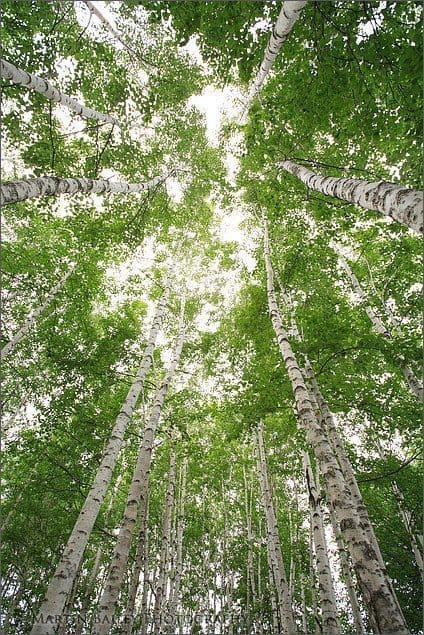 After a Lavender ice cream and buying two packs of two $25 melons for family and friends, we headed off to Biei a twenty or thirty minute drive north of Furano. Biei was made famous as a scenically beautiful place really by the photographer Shinzou Maeda. Unfortunately Shinzou Maeda passed away a few years ago, but he left the Takushinkan, which is his photo gallery. There’s also a few small fields of flowers here a small path to walk amongst some silver birch trees. It’s literally just a few hundred feet, but it makes a nice change and it was actually quite cool in there under the broken canopy of leaves that we can see in image number 1058. For this image I used my 16-35mm F2.8 lens at 17mm and pointed it up at probably around an 80 degree angle. Not quite straight up, so that you can see the trunks of many of the trees in the foreground, but also trees from my side and from behind me also converge in the shot, with a similar effect as a 360 degree panorama. This was shot at 1:26PM and you might be able to make out that the sun was almost directly overhead in the top third of this shot here. To stop the trees and the leaves from being underexposed I added two stops of exposure compensation. This meant that what was basically a blue in other parts of the sky at least, was rendered pure white, but we kept the green in the leaves and the tree trunks white. An aperture of F8 is plenty to render most of the shot in focus at a 17mm focal length, and I didn’t want to go much smaller as the shutter speed was already 1/40th of a second, and I was hand-holding. I could have gone slower, but it is really not necessary depth of field wise.
After a Lavender ice cream and buying two packs of two $25 melons for family and friends, we headed off to Biei a twenty or thirty minute drive north of Furano. Biei was made famous as a scenically beautiful place really by the photographer Shinzou Maeda. Unfortunately Shinzou Maeda passed away a few years ago, but he left the Takushinkan, which is his photo gallery. There’s also a few small fields of flowers here a small path to walk amongst some silver birch trees. It’s literally just a few hundred feet, but it makes a nice change and it was actually quite cool in there under the broken canopy of leaves that we can see in image number 1058. For this image I used my 16-35mm F2.8 lens at 17mm and pointed it up at probably around an 80 degree angle. Not quite straight up, so that you can see the trunks of many of the trees in the foreground, but also trees from my side and from behind me also converge in the shot, with a similar effect as a 360 degree panorama. This was shot at 1:26PM and you might be able to make out that the sun was almost directly overhead in the top third of this shot here. To stop the trees and the leaves from being underexposed I added two stops of exposure compensation. This meant that what was basically a blue in other parts of the sky at least, was rendered pure white, but we kept the green in the leaves and the tree trunks white. An aperture of F8 is plenty to render most of the shot in focus at a 17mm focal length, and I didn’t want to go much smaller as the shutter speed was already 1/40th of a second, and I was hand-holding. I could have gone slower, but it is really not necessary depth of field wise.
Now, the next shot, number 1059 is about as far as I currently like to go in Photoshop with regards to manipulating images. Towards the end of the first day that started in Furano and was now ending in Biei, I was standing shooting on the top of a hill, looking out across this amazing dramatic sky. The problem was, there was three stops difference between a correctly exposed sky, and correctly exposed hills. With a nice line across the distant mountain tops, this was a perfect candidate for a gradual neutral density filter shot, which until recently I would have done. But now, I prefer to shoot two images, one for the highlights, and one for the shadows, and merge them in Photoshop. I allow myself to do this as I’m really just mimicking what I can do with the filter, but this way not only allows me to fine tune where I join the two images, but also it makes me faster in the field. I don’t need to mess around getting my gradual NDs out and lining them up etc. What you see here is two images, both shot at F16, with the sky exposed for 1/160th of a second and the hills exposed for 1/25th of a second. I’ve reduced the saturation of the hills as them being correctly exposed made them quite green. The method was similar to that I mentioned earlier, but I applied a mask to the sky which was pasted in as a layer, then painted over the sky with white to reveal it, leaving the hills concealed to allow the correctly exposed hill to remain in the shot. Note too that I’d switched to manual mode following some test shots to see how many stops difference there was between the hills and the sky and just shot a number of pairs of images with the three stops difference as the sky changed. This is the pair I chose to use. I would draw the line at using a sky from a totally different time from the hills, as this is something that I could not do with a physical gradual ND filter. This is just my own personal rules. You don’t have to agree with it.
The following day, I went back to the Biei area, and just had a lazy day, driving around the hills, picking out areas of interest to shoot, like the closeup of some barley in image number 1063. There’s really nothing technically challenging about this. It was shot with my new baby, the 70-200mm F2.8 at F2.8 for 1/2500th of a second at ISO 100. I’m really just playing with the textures of the barley against the golden backdrop that the wide aperture creates for us. I’ve shot a number of other images, including one that I’ve uploaded right across the way from where I shot this, and as I did last week, I’ll include a link to see all the images from the Hokkaido trip to the show notes. Right now, I’ve only managed to process the first two days worth of shots. The same link will start to show you more images as I get them uploaded, so you’ll eventually be able to see all the shots from the 8 days I was in Hokkaido by the time I’ve completed this series.
The following day I was going to head off to a different part of Hokkaido, but for today, let’s close with one last shot, which is number 1064, of the sun reflecting in the corner of a rice paddy at the end of my second day. This was shot at 5:20PM, around 1 hour 50 minutes before sunset, so the sun was still high enough in the sky to not only clear the hill that it was about to fall behind, but also to reflect back at me in the water of the paddy field. Shot at F16 for 1/30th of a second, ISO 100, this is a simple composition, but the repeating patterns make for a pleasing image. There is actually a line of rice shoots coming in from the bottom left to break up the monotony a little and then as I say, the sun reflecting in there adds a nice touch. You’ll also notice a touch of flare in the bottom right below the sun’s reflection, but this doesn’t bother me too much and I perhaps even like it being there adding to the sun’s effect.
So I hope you’ve enjoyed spending the first two days of the Hokkaido leg of my trip. I will be continuing to talk about the trip for the next two or three weeks, until I’ve covered all shots that I think will be either interesting from a technical or an artistic point of view, or maybe just because I like them and want to share them with you. I’ve still not gotten through the post processing of the remaining days though, so I’m not sure exactly how many episodes this will take.
I was reminded over the weekend that the Podcast Awards nominations had been announced and unfortunately this Podcast was not included. If you voted, thanks for trying. This is very much appreciated. I’m really not all that cut-up by the fact that we were not nominated, as I myself don’t do a good job of marketing this Podcast. Having said this, it’s really a time thing. Just preparing for and creating this Podcast each week already eats up a lot of my spare time, so I need your help to make this Podcast the best that it can be, and to do that, we need to grow it. I hear constantly how much you guys enjoy the Podcast, you like the content and delivery etc. and you definitely want me to continue. Many of you have told me that you have subscribed to many photography Podcasts and this remains your favourite. Wow! What a compliment is that!
I know too that many of you try hard to spread the word and I am infinitely grateful to you for this. But without a much larger listener base we really just aren’t going to even make a dent against some of the other shows when it comes to getting this show rating in things like the Podcast Awards or Podcast Alley etc.
In one months time we’ll be a year old. The first episode was released on the 1st of September 2005. Let’s try and give the show a boost as a first birthday present by getting serious about spreading the word. As I asked last week, please think of any friends or family that you think might be interested in this Podcast, and forward them a link martinbaileyphotography.com or direct to the Podcasts Page. There’s also a small button that you can copy from a post in the forum and link-back to this site. I’ll put a link to this in the show notes. It would be great if we can see a jump in listeners next month for the first anniversary and finally start to be in with a chance to make a dent in the Photography Podcast scene.
I hope I’m not overstepping my mark by asking you guys to do this, and humbly request your assistance. Thanks again for listening today, and have a great week doing whatever you do. Bye bye.
Show Notes
Music from Music Alley: www.musicalley.com/
Subscribe in iTunes for Enhanced Podcasts delivered automatically to your computer.
Download this Podcast in MP3 format (Audio Only).
Download this Podcast in Enhanced Podcast M4A format. This requires Apple iTunes or Quicktime to view/listen.


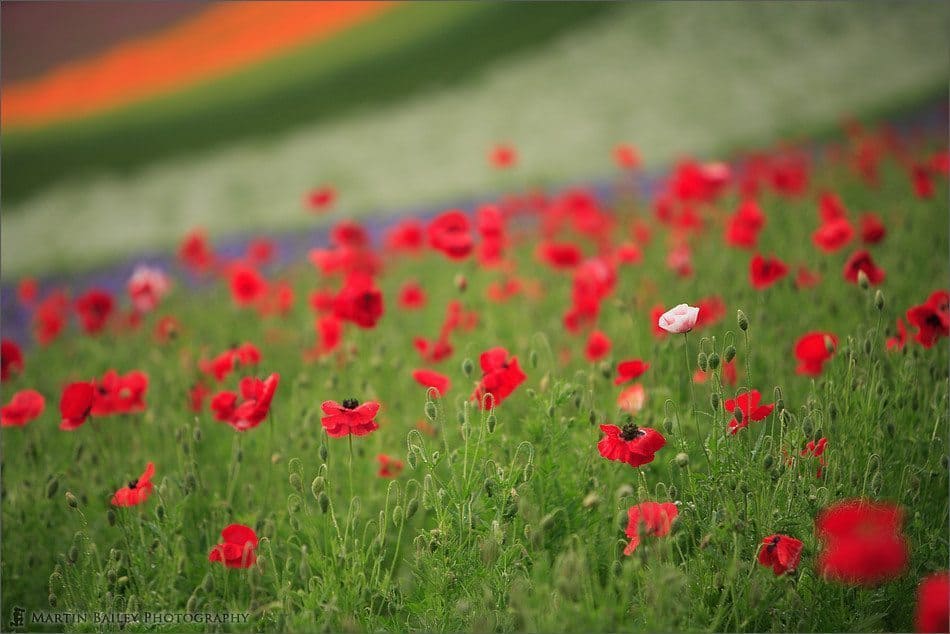
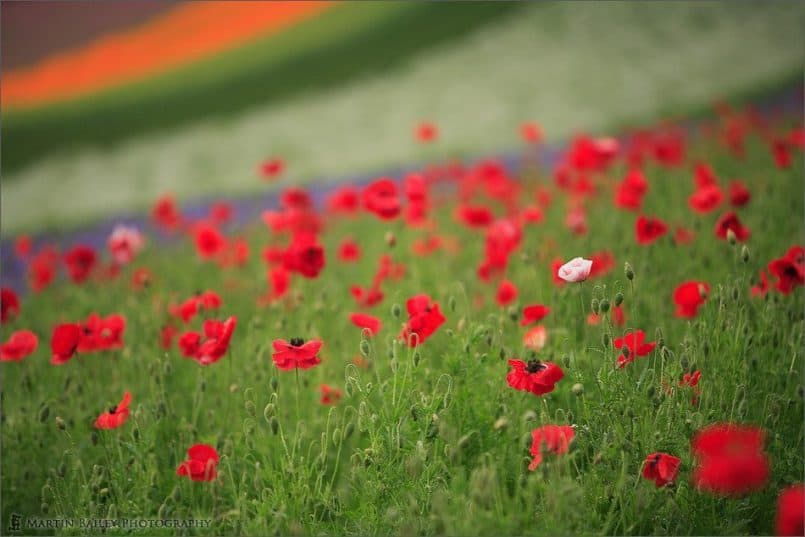
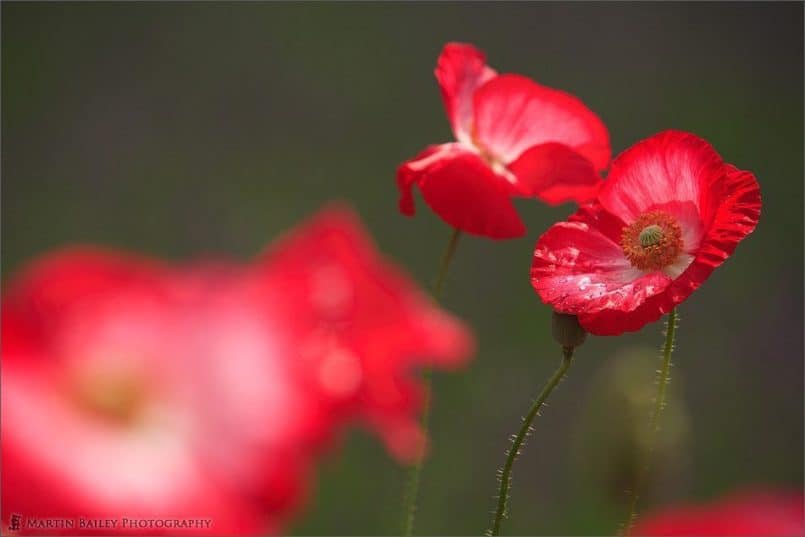
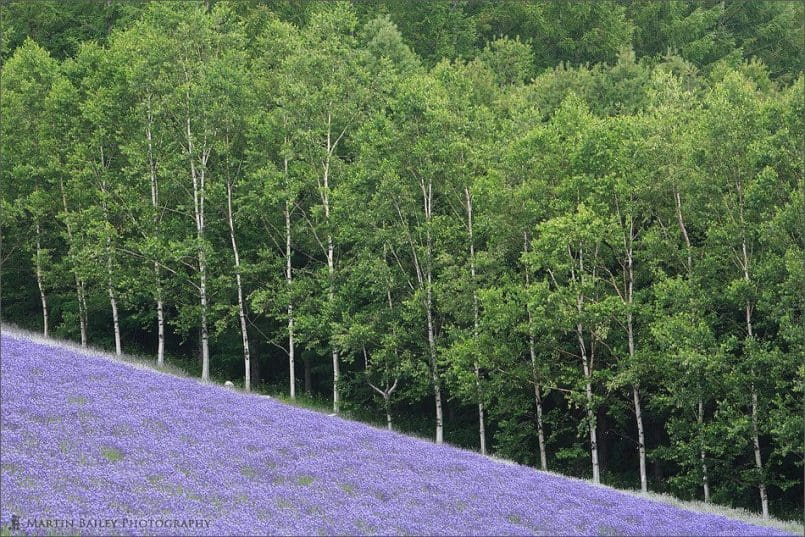
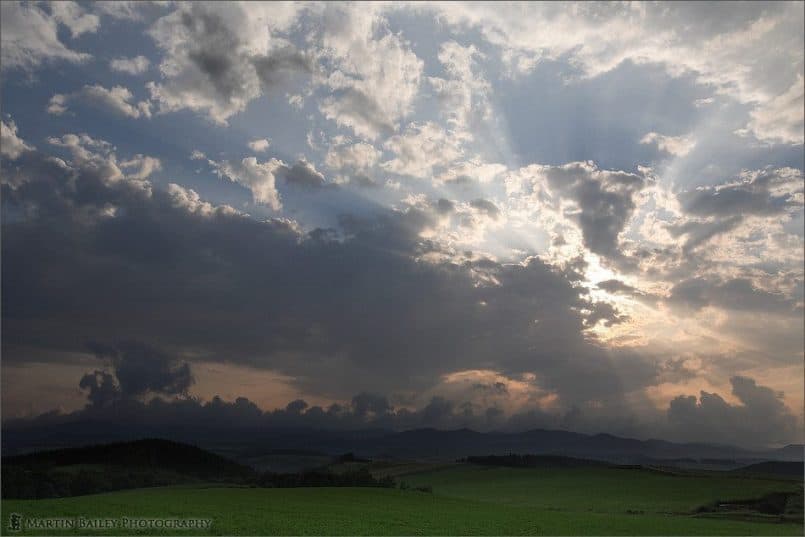
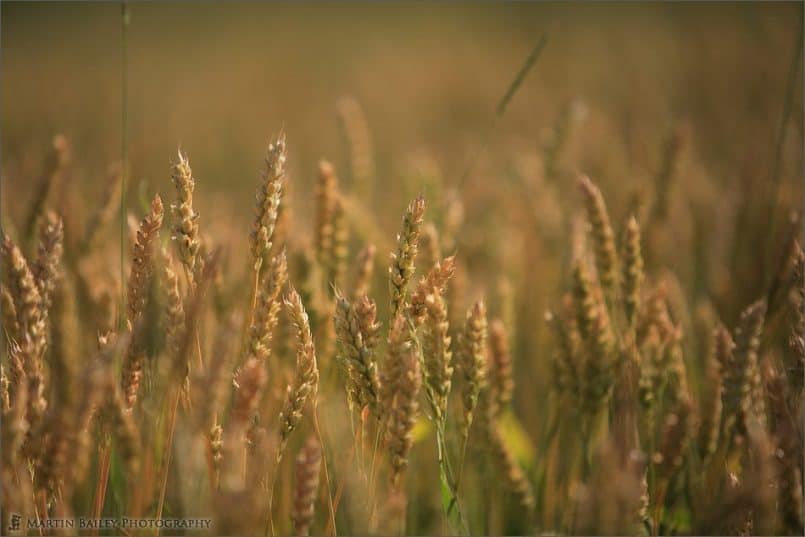
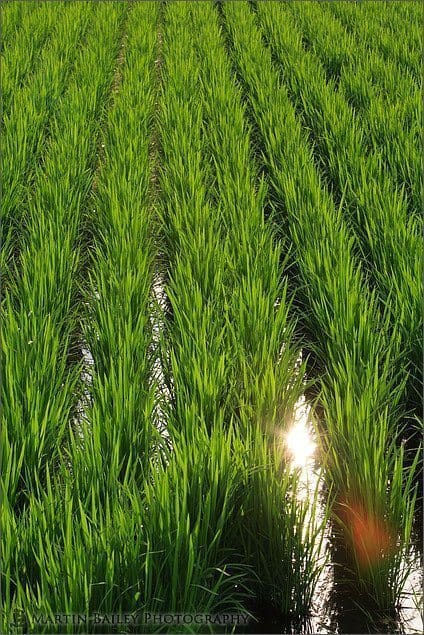

0 Comments